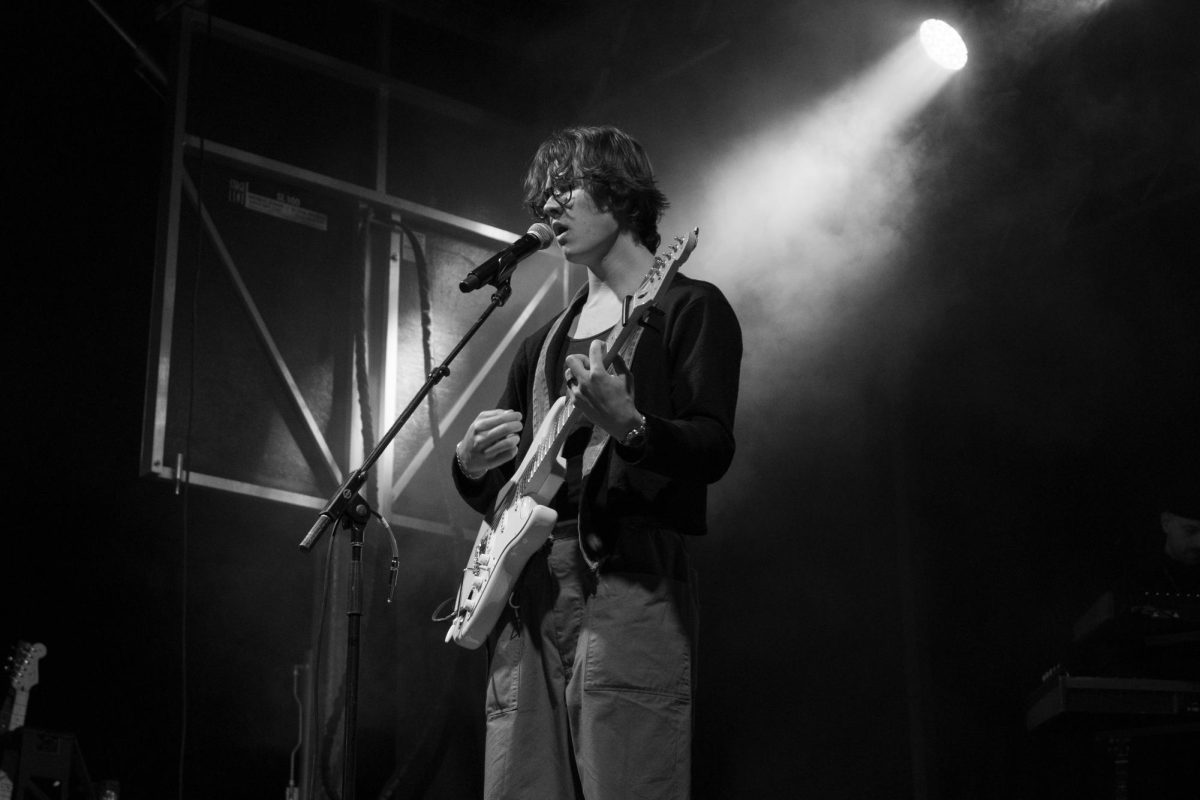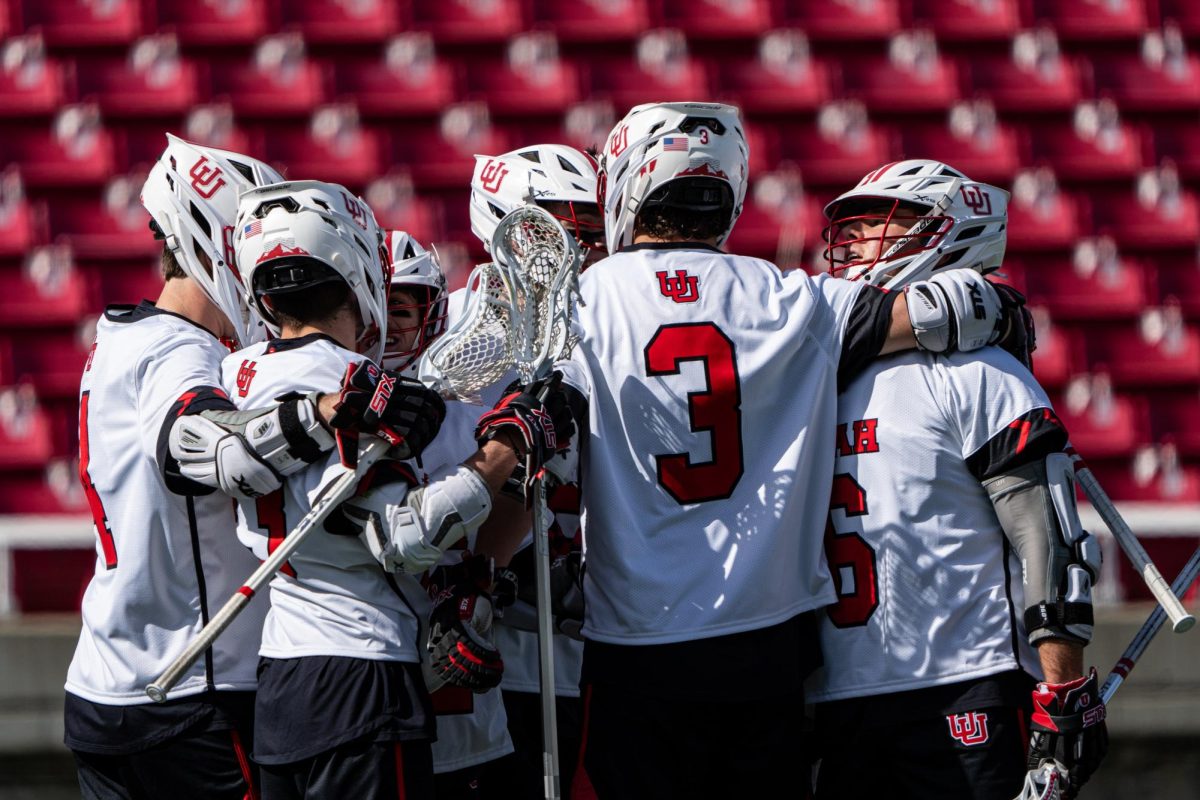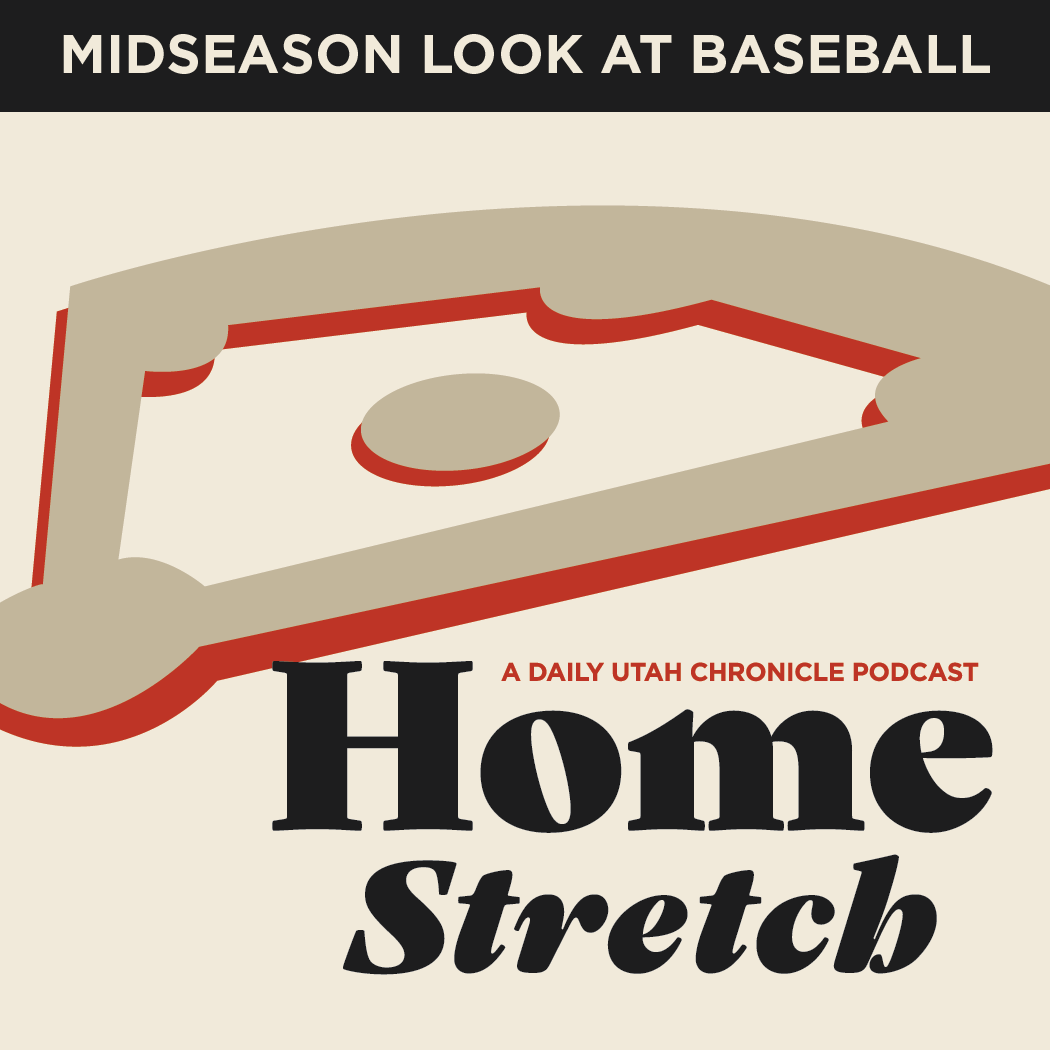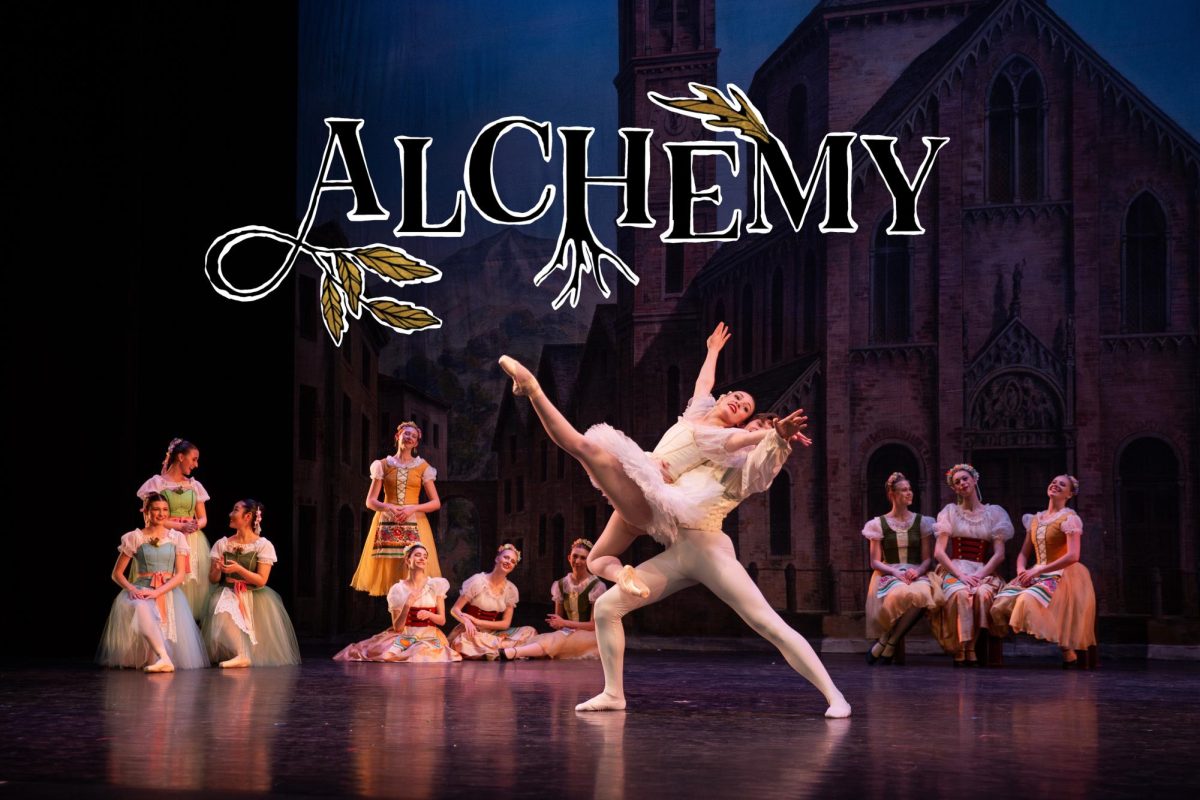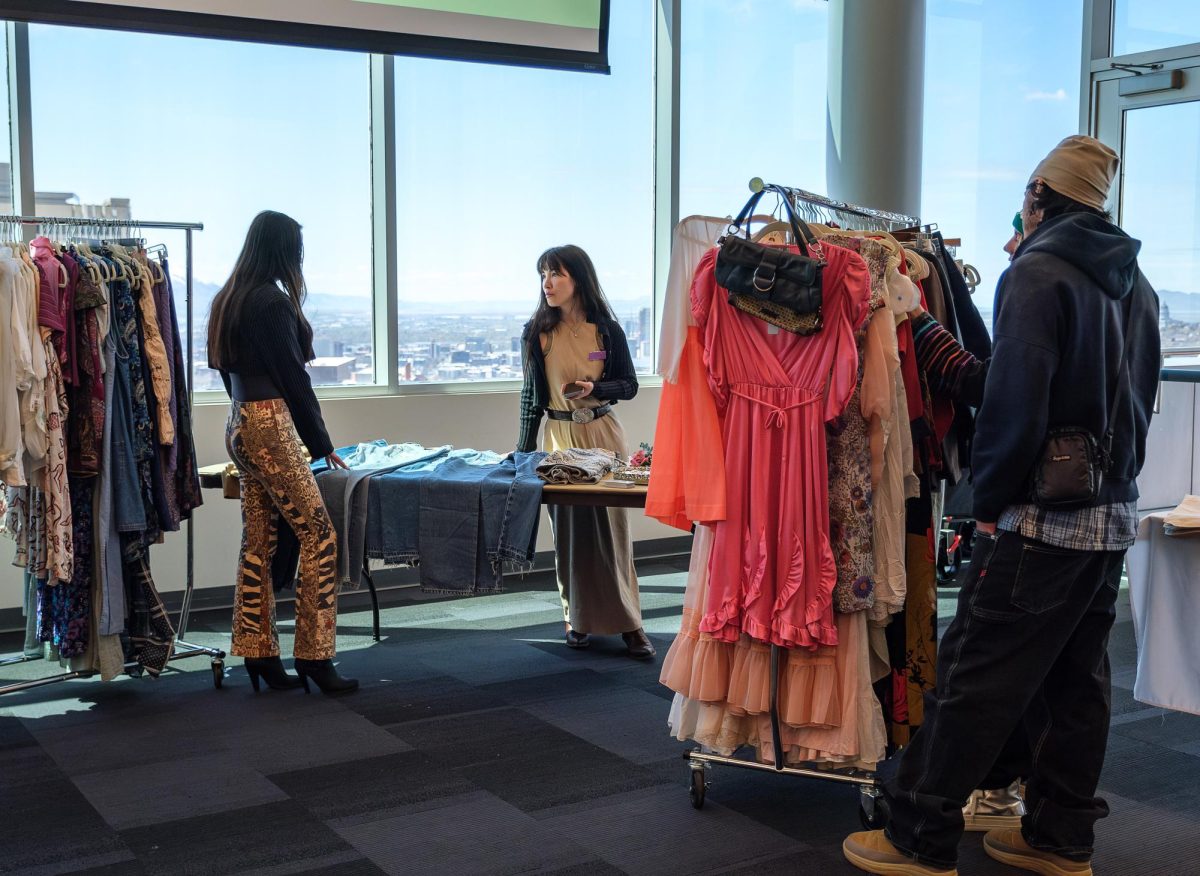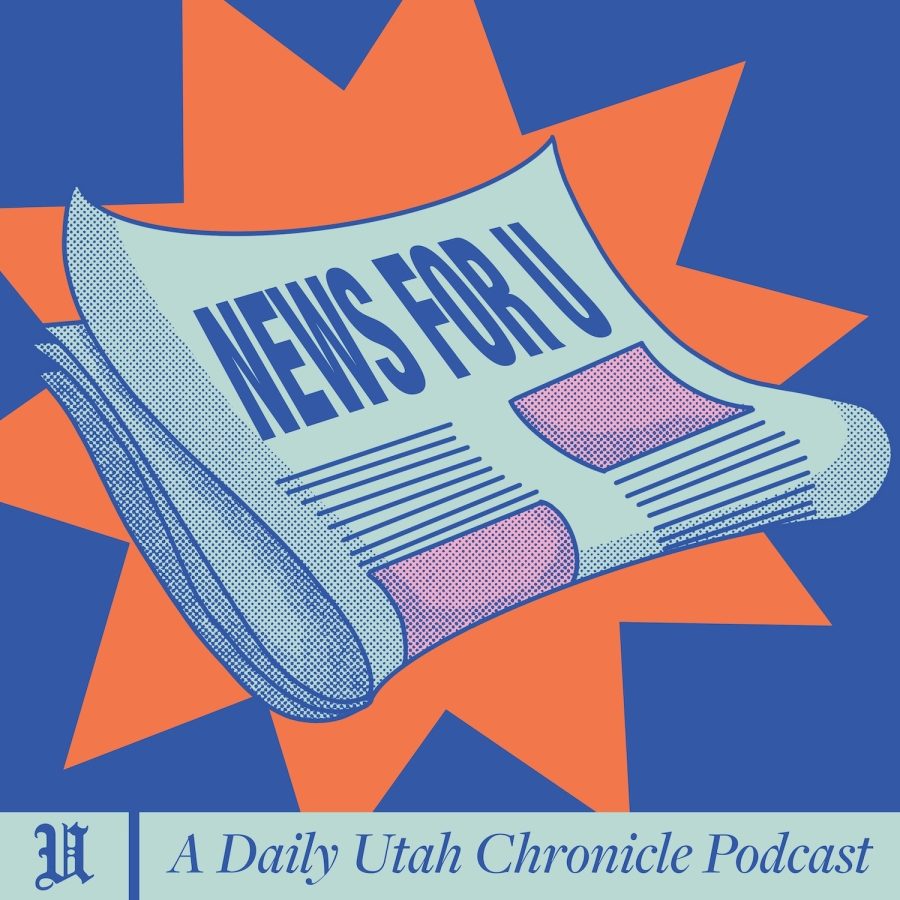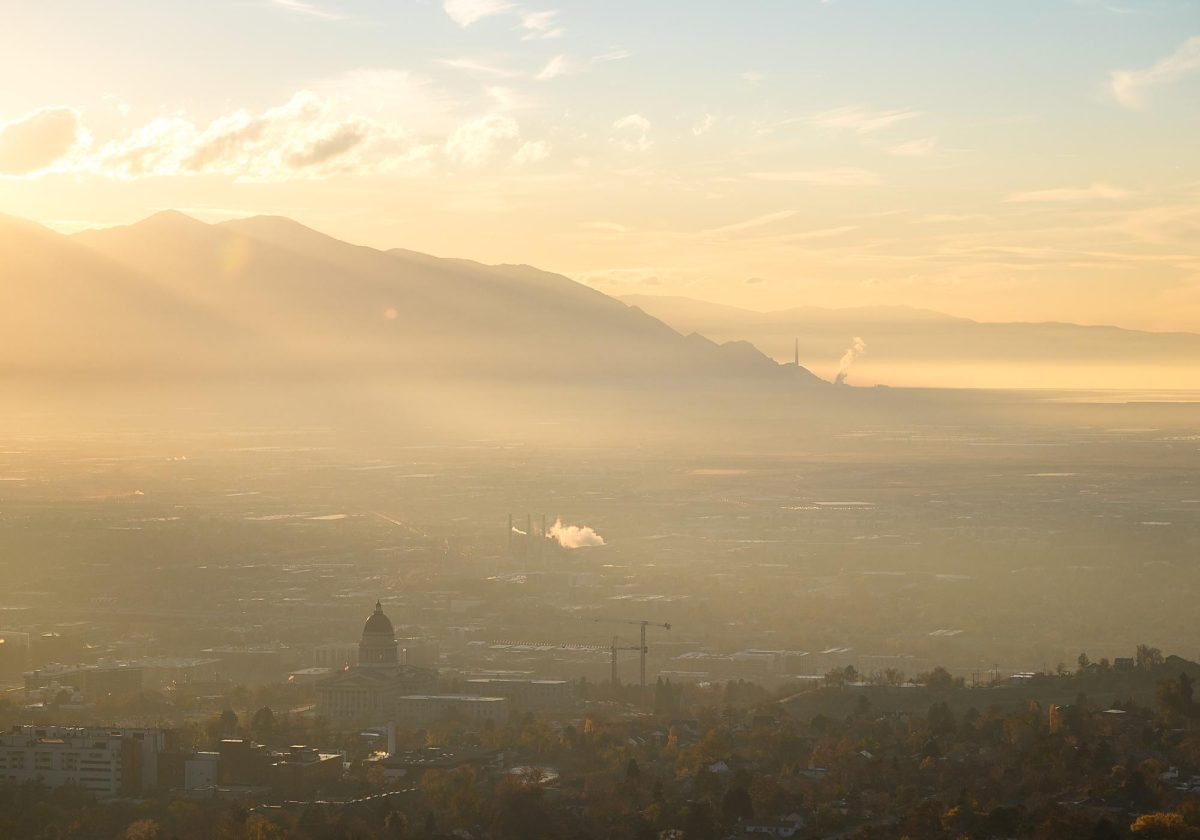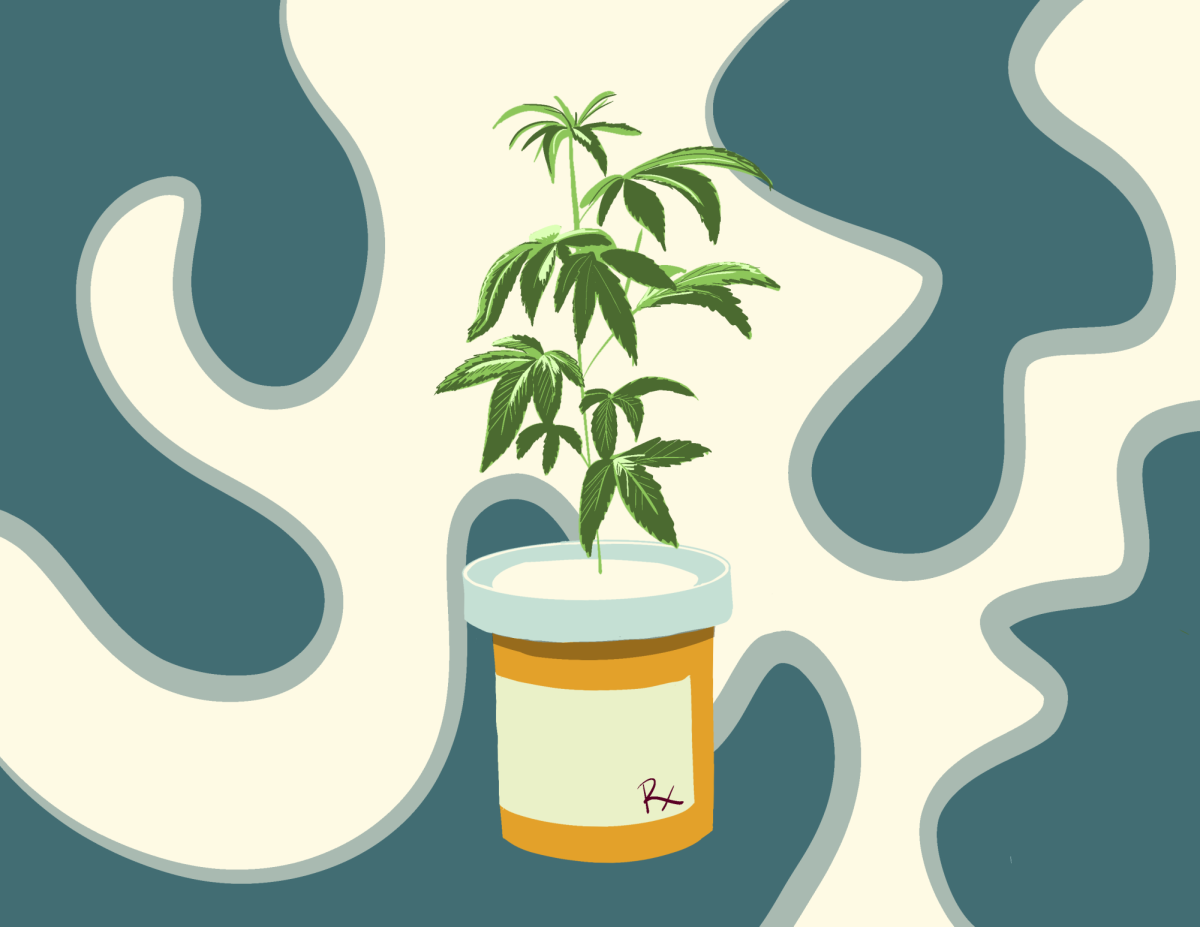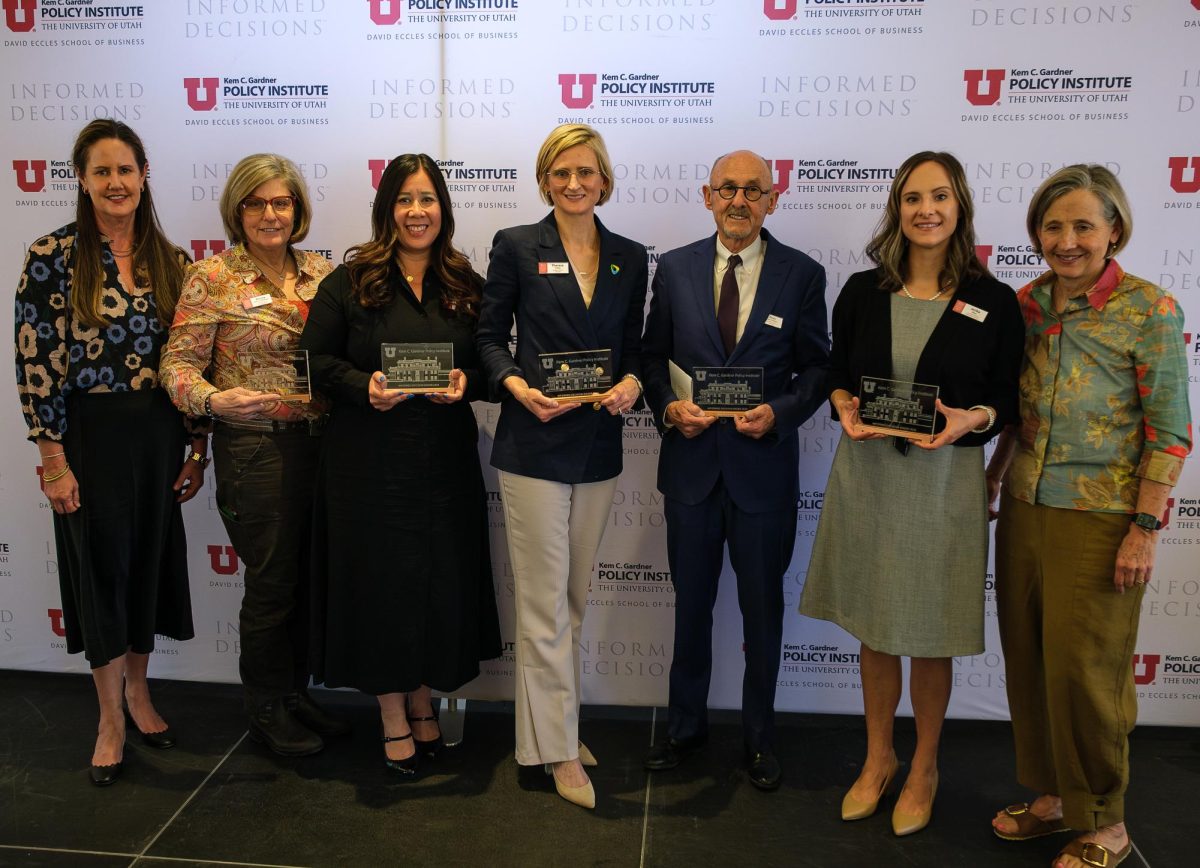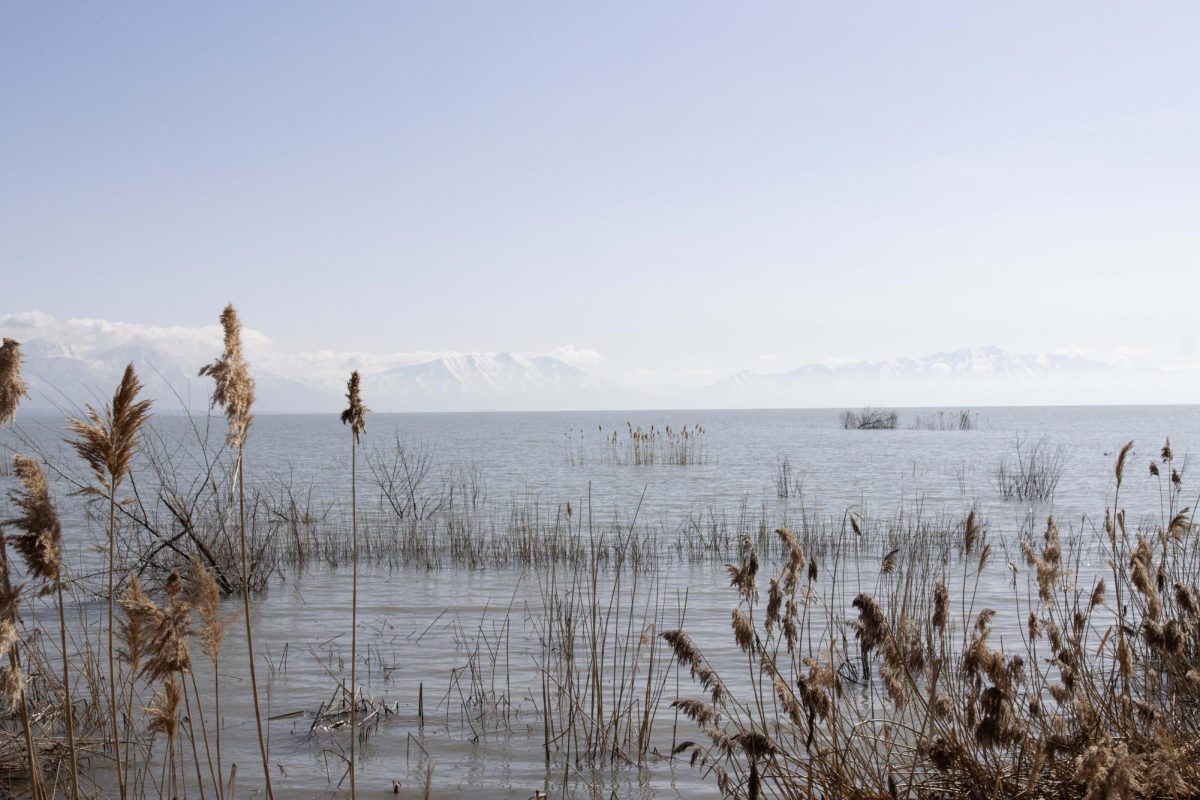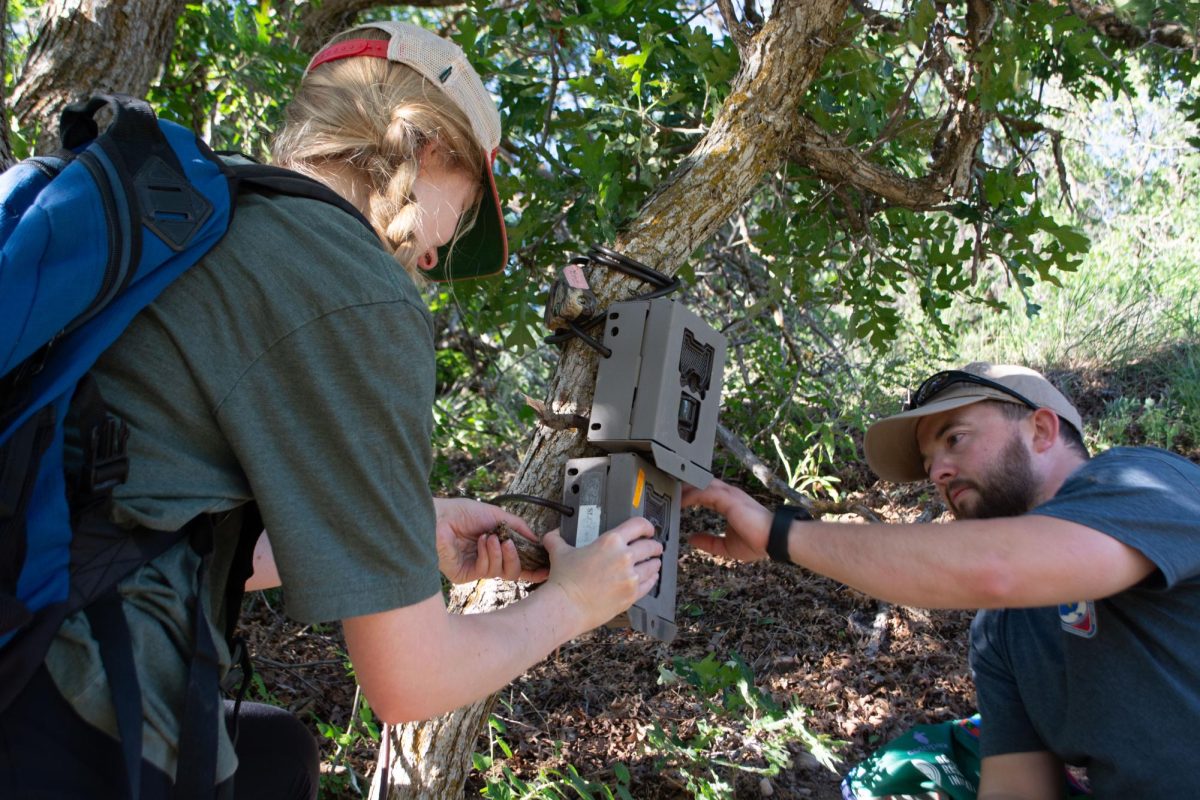What’s in the basement of the Utah Museum of Natural History? With more than a million artifacts ranging from dinosaur bones to a diverse insect collection, people can head to the museum to see the things that aren’t usually on display.
The basement is where collections are stored, such as pottery from archeological digs and newly discovered dinosaur remains.
At the museum’s current location on Presidents’ Circle, there is not enough space to display the 1.2 million-piece collection of artifacts gathered for the past 39 years.
In fact, less than 1 percent can be on display at any given time, said Sarah George, executive director of the museum.
During the annual “What’s in the Basement?” event Saturday the museum will open the doors to the basement to allow people a chance to view collections that are rarely
seen.
“It’s almost always our biggest day of the year,” George said. “We get well over a thousand people, but we are set up to handle it.”
Almost everything will be open for the event, including exhibits, the basement and even laboratories that usually only technicians can enter. Only a few storerooms will remain closed.
Volunteers will be stationed throughout the museum to guide people and answer questions.
This year the event’s theme is Bugs, Bats and Bones. When you enter the museum you get a map of exhibits and storerooms, as well as a list of activities happening throughout the day.
“You get to meet the people that work with the collections,” George said. “The curators and the collection managers are all here.”
Children will be able to touch artifacts, dig for rocks and find out what minerals they contain.
“You have to satisfy the kids’ desire to touch things,” said Scott Pettett, a spokesman for the museum.
With the paleontology labs open, visitors will see how dinosaur bones are studied.
“People will get to see dinosaurs that have never been seen before,” said Eric Lund, the paleontology lab manager.
One of the big attractions will be the skull of a horned dinosaur recently unearthed in southern Utah. The discovery was so recent, in fact, that it has not been named yet, Lund said.
Another part of the event is the DNA exhibit, which shows how DNA is used in modern science to detect illnesses and find criminals.
“A lot of people think that our exhibits are primarily for kids,” George said. “However, this one has a lot of interactive activities for adults.”
Saturday’s event is also the debut of the Bugs Alive Exhibit, which features local insects and spiders, as well as some exotic bugs, such as the Madagascar hissing cockroach.
Duncan Metcalfe, curator of anthropology, said the UMNH is more diverse than most museums. With collections on anthropology, archeology, paleontology, insects, birds, mammals and plants, people can explore whatever part of the museum they want.
The public will also be able to view rare artifacts, including rugs and textiles made by ancient and modern American Indian tribes.
The event is free for U students, faculty and staff. For other visitors, general admission applies: $6 for adults and $3.50 for children and seniors.
Metcalfe said museum volunteers and workers are excited for visitors to arrive.
“Their excitement gets us excited,” Metcalfe said. “These collections are the heart and soul of the museum.”
m.olson@
chronicle.utah.edu




